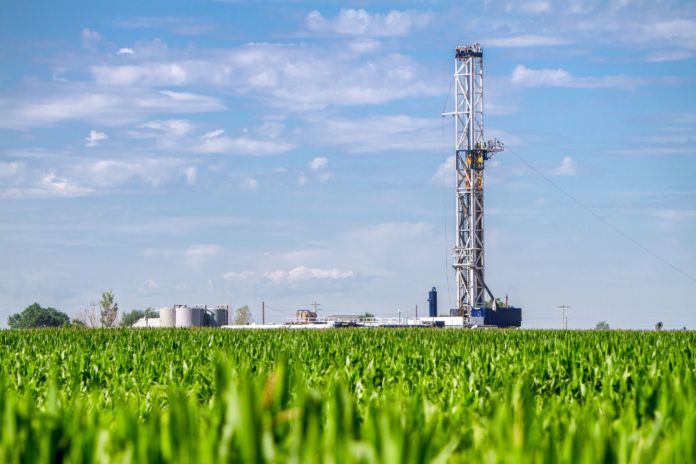U.S. production of natural gas has hit record levels, fueled in large part by booming production in the Haynesville basin straddling northwest Louisiana and east Texas, the Wall Street Journal reports.
Thanks to a mix of events, from the Russian invasion of Ukraine to the U.S. economic recovery, fossil fuels are showing resilience despite President Biden’s push to transition to clean energy and the industry’s own history of boom-bust investing and heavy reliance on debt.
Chesapeake Energy, a star of the last fracking wave that filed for bankruptcy in 2020, racked up $1.3 billion of profit in the first nine months of last year while sending its shareholders $800 million in dividends. The company recently put a seventh drilling rig to work in the basin, bringing the total to 69 rigs compared with 32 in the summer of 2020.
The country’s crude oil production remains shy of the 2019 level but is also growing, while exports of both gas and crude are hitting new highs.
In previous gas-production surges, many drillers loaded up with debt and expanded at a breakneck pace. They rushed into the Haynesville region when gas prices rose, but bailed just as quickly when prices fell.
This time, companies are betting on steady demand for Haynesville gas for several years while returning more of their profit to investors instead of using it to expand, a strategy meant to position them to better handle swings in commodity prices. The windfall for producers is largely coming from exports, which limits the extent to which the increased production translates into lower prices for American consumers. Read the full story (subscription).



